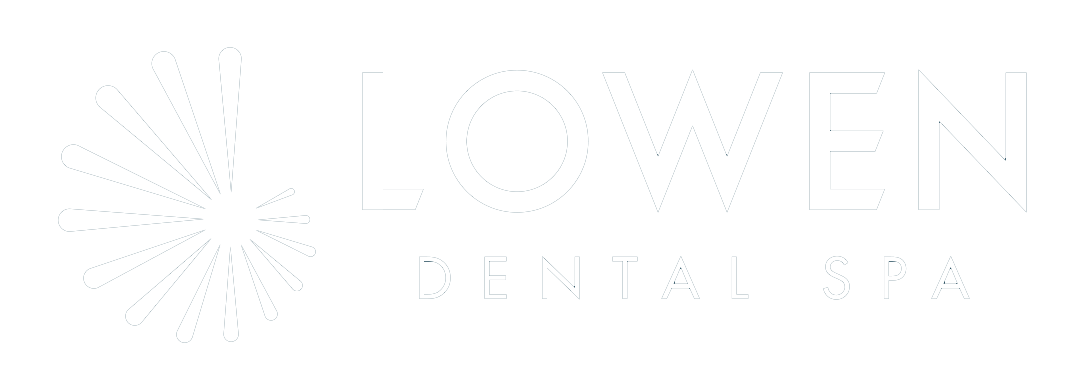Conditions We Treat: Skin
HYPERPIGMENTATION
Hyperpigmentation is darkening of the skin caused by an increase of melanin in the area. These areas can present themselves as patches of skin darker than their usual skin type, and can vary in shape and size.
There are many different types of hyperpigmentation such as:
Sun Spots/ Age Spots: These usually occur on the face, hands and arms and show as small darkened patches of skin
Melasma: Also known as the ‘mask of pregnancy’ or ‘butterfly print’. This is related to hormonal changes and the majority of the people experiencing it through pregnancy or changing their contraceptive pill.
Freckles: Even though freckles can be genetic, when exposed to the sun they can become more intense and visible.
Post- Inflammatory Hyperpigmentation: This can be the red mark left after a spot heals and the skin natural inflammation response. Or it can be caused by cosmetic procedures which have been too aggressive and has caused injury to the skin.
At Lowen we suggest »
MEDICAL SKINCARE
CHEMICAL PEELS
LASER GENESIS
MICRO NEEDLING
IPL SKIN REJUVENATION
ACNE SCARRING
Acne can have a great impact of someone’s confidence and self-esteem. More severe acne can lead to an over production or under production of collagen from the wound healing. This can lead to textural changes such as pitting and scarring.
The type of scar that develops depends of the level of collagen that is produced:
Depressed scars: These are caused by an underproduction of collagen such as ice-pick scars.
Raised scars: These are caused by an over production of collagen when the skin is healing, such as hypertrophic scars.
What makes you more likely to develop scars after acne?
1. If a lot of inflammatory (redness and swelling) has occurred whilst the spot was present
2. If you pick, squeeze or pop spots
3. Delay getting treatment, the longer acne doesn’t get treated the higher risk you are at developing scarring.
4. Genetics
At Lowen we suggest »
ROSACEA
Rosacea is a chronic skin condition that causes reddening of the skin predominantly on the face, and in some cases, patients also get little bumps and pimples on top of the redness, which is why rosacea is often confused with acne.
Rosacea is a common condition with 1 in 10 people in the UK who suffer.
There are 4 types of Rosacea…
1) Erythematotelangiectatic: This shows as flushing and persistent reddening of the skin, with visible broken blood vessels.
2) Papulopustular: As well as flushed skin, papules and pustules occur usually centrally on the face.
3) Phymatous: The skin becomes thick and pores are enlarged. The nose can have a bulbous look.
4) Ocular: The eyes become blood shot and watery, which feel like they are stinging or burning
What can trigger Rosacea?
- Hot and spicy food
- Alcohol
- Hot baths and showers
- Medication
- Exercise
Even though Rosacea is a long-lasting condition and cannot be currently cured, it can be managed with treatment and medical grade skincare with incredible results.
At Lowen we suggest »
MEDICAL SKINCARE
IPL SKIN REJUVENATION
LASER GENESIS
LED PHOTOTHERAPY
ACNE
Acne affects nearly all of us at one stage in our lifetime. It is a skin condition which forms when our follicles become clogged with oil, dead skin and debris. It can present itself at blackheads, whiteheads and inflamed red spots.
What causes acne to develop?
Clogged pores
Acne begins with a blocked pore. As skin cells constantly renew, our dead skin cells shed every 30 days, revealing fresh skin underneath. However, if you are blemish prone, the dead cells mix with oil and become sticky preventing them to shed, which clogs our pores with oil and bacteria inside.
Oil secretion
Hormonal fluctuations of androgen lead to over production of oil and sebum which further clogs pores. As oil continues to collect it becomes trapped behind the plug, building up pressure inside the pore.
Bacterial Growth
The excess production of sebum and low levels of oxygen in the plugged pore creates the ideal environment for bacteria known as Propionibacterium acnes (P.acnes) to multiply deep down inside the pore.
Inflammation
As bacteria ingests the oil, the release by products that leak from the follicle. The body recognises these by products as foreign objects and kick starts an immune reaction. Red and white blood cells flock to the infection- resulting in swelling, redness and inflammation, forming what you will recognise as a spot.
How can acne present itself?
Blackheads
A blackhead is caused when the sebum in a blocked pore becomes oxidised and turns black at the surface opening.
Whiteheads
This type of spot is caused by a blockage of sebum, oil and dead skin cells in a pore. When the blockage builds up it can present itself as a small white blemish with a white head.
Papules
These type of spots are small to medium red bumps that feel can feel tender to touch. The presence of bacteria under the skin causes inflammation making the area feel sore.
Pustules
Pustules are similar to papules but however are filled with white/yellow pus. Pustules often look like large whiteheads and can be painful to touch. Squeezing any type of spot the can lead to acne scarring so when possible leave them at bay.
Nodules
Nodules present themselves as large inflamed bumps which are firm to touch. They develop deep within the skin and often cause pain. It is advisable to book a consultation with a Dermatologist as these type of spots may need stronger treatment than over the counter skincare.
Cysts
A cyst is the most severe type of spot caused by acne. They are large lumps full of pus that look similar in appearance to boils. Cysts carry the greatest risk of acne scars. Once again it is very important to seek a Dermatologist for advice and treatment.
At Lowen we suggest »
